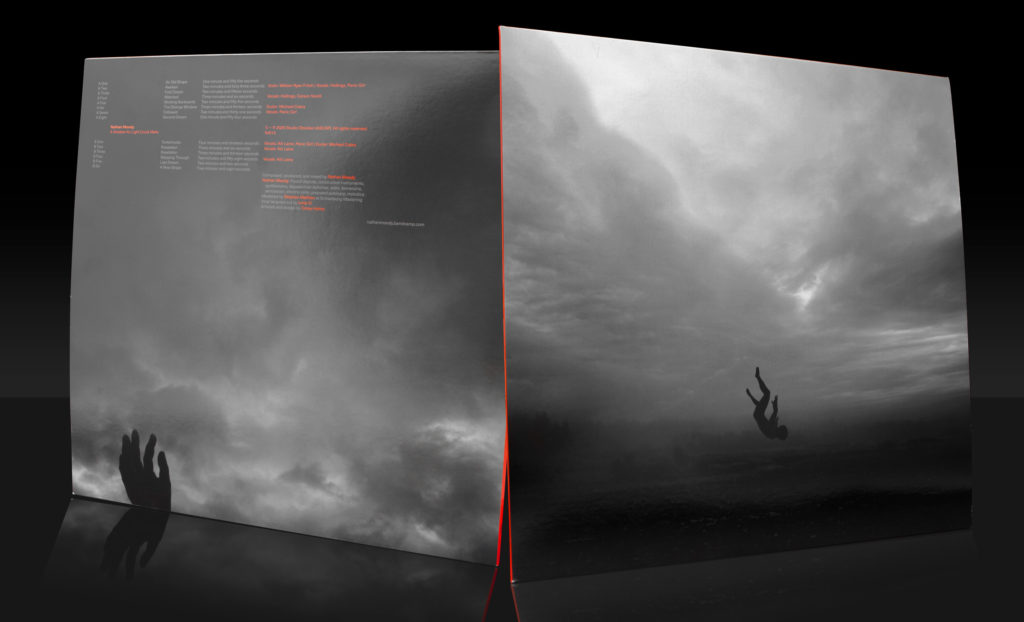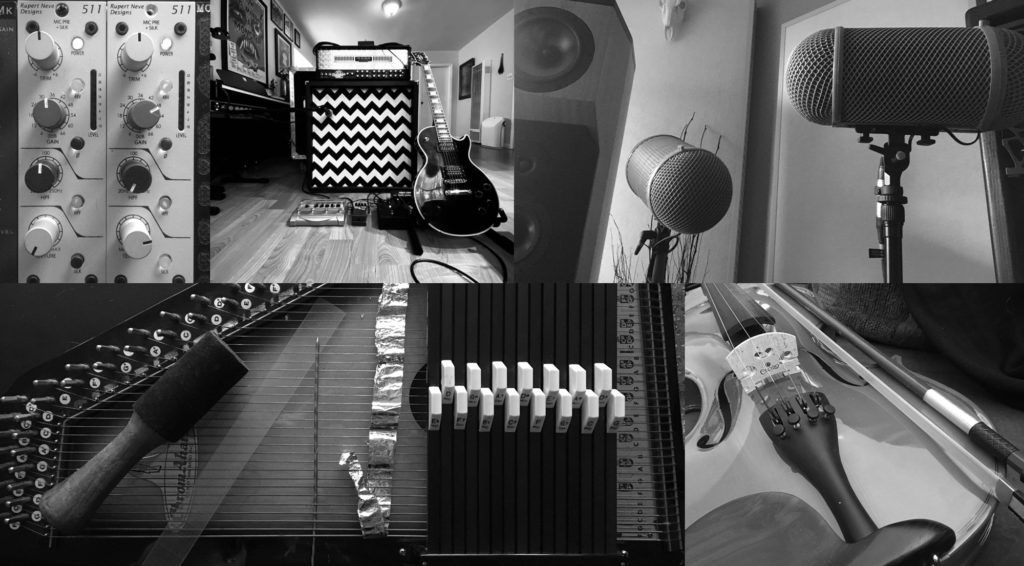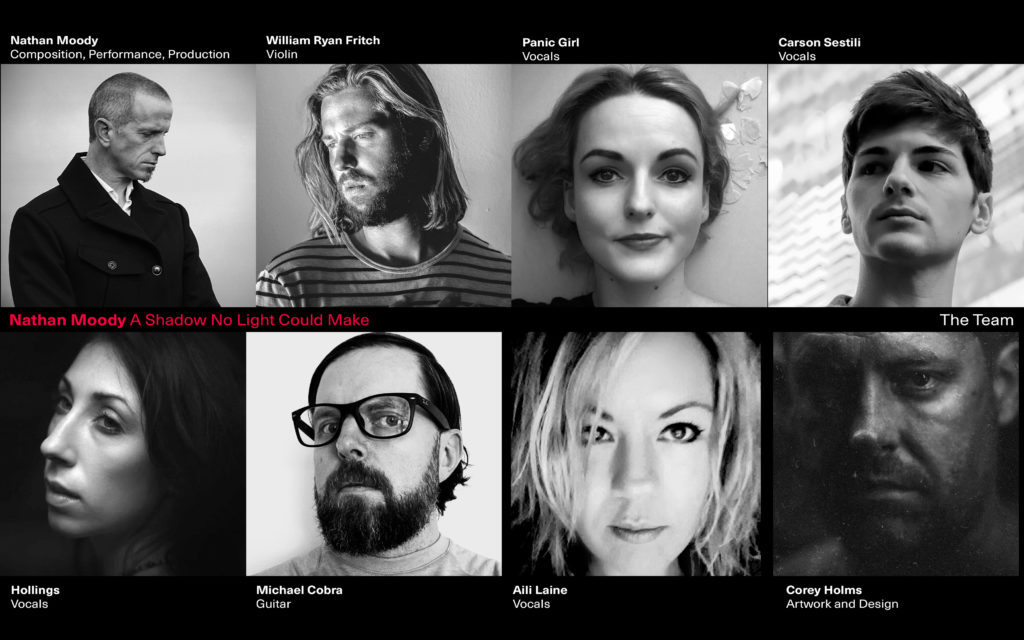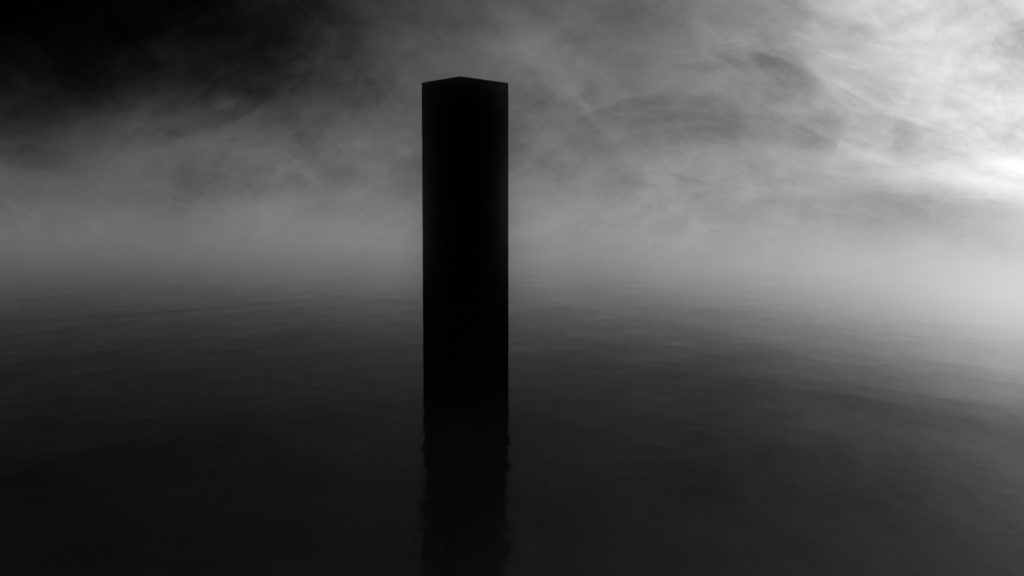
After almost two decades of making music, I started scoring in 2019 and 2020, across a variety of media, such as games and podcasts. These projects rekindled my interest in themes, motifs, and formal methods of composition. Combined with two years of experience playing my own handmade instruments (initially created for my 2018 album, The Right Side of Mystery), the urge to write for more traditional stringed instruments welled up and resulted in the 2021 album, A Shadow No Light Could Make.
I still wanted to include my own blend of blurred sounds, metallic textures, handmade instruments, and field recordings. I was excited by a new path to explore, but I couldn’t resist packing some of my favorite things along for the ride.

While this work comes across as pretty dark, emotionally speaking, it was ironically a deeply joyous thing to create, probably a result of enjoying the freedom of unbounded experimentation, new (to me) composing techniques, and the collaborators I had on this album.
I decided to enlist musicians who could help me better express what my own skills, tools, and perspective could not. Every contributor went far above and beyond what was requested, which always created change for the better. This work was all done remotely, with the contributors being between 15 miles and 9,000 miles away from my studio, both before and during the 2020 COVID-19 pandemic. I will forever be in debt to the contributors who put themselves into these these pieces to bring them to life. More on them in a bit.

Those familiar with my past work, which is almost entirely instrumental, will immediately take notice of the human voice on this release, both bare and heavily processed. Like the decision to focus on orchestral instruments, this didn’t come out of nowhere. After having worked with vocals as a mixer and remixer in 2019, I realized that I had a number of past clients, label mates, and friends who not only had stellar voices, but who had an interest in challenges and nonstandard singing styles.
Some were asked to perform as quietly as possible while (mostly) maintaining pitch, or to only hum, or to disintegrate each note release, or to sing with a lot of breath. This all opened up some interesting timbres to their voices, and imparted humanity, beauty, and tension into the music.
This album has a narrative arc that is meant to be interpreted by the listener. After a series of exploratory sketches were made, the sound-world of the story was established and the overall structure of the larger work was planned. The goal was to always push forward and make complete resolution evasive, to keep the sense of mystery preserved and the tension high.
I found that composing using dodecaphony, or twelve-tone serialism, was a key part of achieving this goal. Having a strict, custom-defined set of pitches that have to sound in a specific order (or, rather, I chose to do so) suddenly focuses you on voicing and rhythm. Finding different ways to voice the inversions, offsets, and reversals of these tone rows together to express harmonies – as sweet or sour as they may be at times – was really enjoyable. My primary tone row sequence was designed with lots of adjacent semitones, and that really shaped the feeling of the composition more than any other factor. Not every song on the album is composed using serialism, but most are.

While there certainly are melodic themes that recur throughout the album, its core framework relies on textural motifs, four in particular: strings, blurred cymbals, and percussion, with the human voice flitting in between that trinity. The plan was for each song to contain a certain balance, in different ratios. This provided a useful guiding arc to the album, and to how individual pieces might be arranged.
There are many unusual performance, recording, and processing techniques at play throughout the album. Vocals appear completely raw, stretched to eight times their normal length, and everything in between. The three “Dream” tracks are hung from a spine of bowed, vari-speeded, and spectrally processed crash cymbals. All of the percussion in “Watched” is made with a polycarbonate bear-proof canister struck with a wool mallet. “The Strange Window” is filled with rattling sheets of metal using synthesizers run through transducers (“Reawoken” and “Stepping Through” are the only tracks on the album that feature directly-recorded synthesizers). “Working Backwards” features my own single-string handmade instruments alongside far more sophisticated bowed orchestral strings, as well as an ensemble of PVC pipe instruments. “Followed” features a prepared vintage autoharp, and its bass percussion is a djembe recorded with a kick drum mic under the floor and six meters away. The last track, “A New Shape,” is played on two layered melodicas and radically slowed down.
Most of the recordings my own own studio were made with Sennheiser and Schoeps microphones, usually into Neve or AwTAC preamps.

Despite my love of modular synthesizers, none were used on this recording. The only hardware synthesizer used was the SOMA Lyra-8 (featured on previous my albums Shades and De/Still), and the only software synth used was Madrona Labs’ Aalto.
I decided to work with Stephan Mathieu on mastering, and Loop-O on the vinyl cutting. Based in Bonn, Stephan had really good initial instincts for the material, totally aligned with what I was looking for. I’m really pleased that Stephan and I wound up with something that is both cohesively “glued” together but with a huge amount of dynamic range. Loop-O, based in Berlin, was extremely helpful in bringing my very first vinyl release to life, especially given the fairly long album sides. The vinyl release was electroplated in Prague and manufactured at Precision in Toronto.
The artwork and design was once again the work of my vital visual collaborator in Washington state, Corey Holms. The opportunity to showcase his work on a large 12” vinyl sleeve, and not just a tiny Bandcamp thumbnail or cassette jacket, is a dream come true. The amazing motion artist Simona Noriek created the stunning music video for Watched from her studio in Berlin.

Returning to the theme of collaboration, eternal gratitude goes out to my contributors on this album, without whom it literally would not exist. Special thanks to composer William Ryan Fritch for his delicate violin performance; the vocalists Panic Girl, Aili Laine, Hollings, and Carson Sestili; and Michael Cobra for his guitar work and vast landscapes of feedback. Please find them on Bandcamp, via the links for their names above, and support their amazing work.
A departure this large from my past work leaves the future wide open as to what comes next. Collaboration will continue to be a theme in my work for a while, though, which is very exciting, with several already underway, including in some brand new genres I’ve not explored before.
All I can promise is that each new album widens the possibility space for the future, and I’m always glad to have you come along with me for the ride.